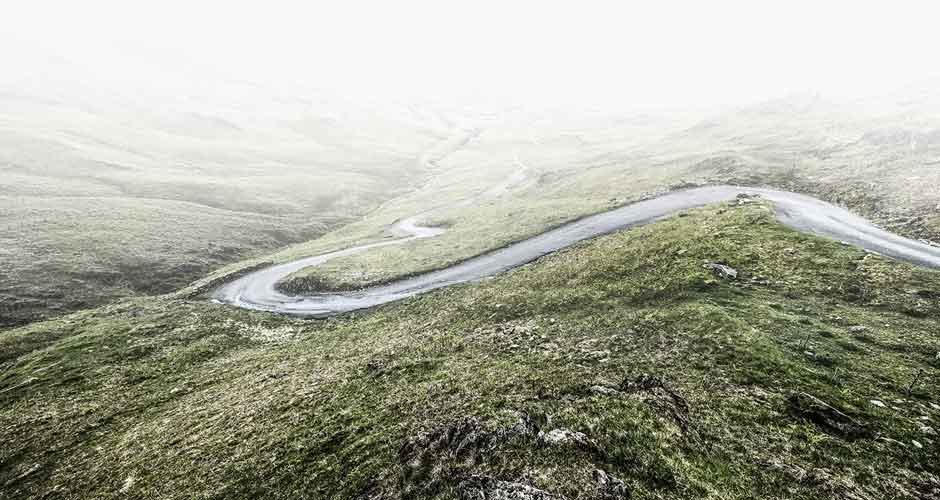Mountains offer some of the most breathtaking scenery, vibrant landscapes and stunning panoramic views. Whatever country you’re visiting, mountainous areas provide a unique way to see the world.
One of the best ways to really get up close with the mountains is by car. But driving this terrain is often challenging.
We’ll take a look at the key considerations to ensure a safe journey.
What are the risks?
Specific dangers depend on the actual route and some roads are known for being incredibly dangerous. In fact, the infamous ‘Death Road’ in Bolivia has been named the world’s most dangerous road. But, whether you’re travelling across this risky South American tourist attraction or navigating mountain roads closer to home, some of the main dangers include:
- Narrow roads: this is a common factor on most mountainous roads which can make passing another vehicle challenging, particularly if you have a large car.
- Steep cliff edges: many roads will have a steep drop to the valleys below and sometimes will lack a barrier, especially in more remote locations.
- Poor visibility: narrow twists and bends mean visibility can be poor and you will often be unable to see what’s up ahead.
- Weather conditions: mountainous regions experience varied weather conditions with rain, snow, fog and high winds prevalent in many areas due to the altitude. Weather can also change in an instant, affecting visibility and driving conditions.
Safety considerations
While the risks can’t be completely omitted, there are a few steps you can take to reduce the dangers if you’re planning on driving along mountainous roads. Before your journey you should:
- Get a full vehicle check: it’s vital to ensure your car is in good working condition before driving these types of roads. The last thing you need is to have to wait for breakdown recovery on a mountain side.
- Consider new tyres: good tyre grip is essential, especially if there’s a chance you could be driving in snow or ice. You can choose to buy tyres online and have them properly fitted well advance of your trip.
- Pack a safety kit: this should include a torch, map, food, water, warm clothes, first-aid kit and hi-vis vest or jacket.
- Check the weather: although conditions can change without warning, it’s wise to make sure there’s no heavy snow, fog or wind forecast before you start your journey.
- Fill up with fuel: there are unlikely to be any fuel stations on mountain roads so it’s worth filling up before setting off.
Driving technique
Driving along narrow, steep and unstable roads requires a different technique to driving on ordinary surfaces:
- Refrain from over-braking: it’s important to not have your foot constantly on the brake pedal as this could cause overheating. When driving down steep roads, tap the pedal little and often.
- Use a lower gear when driving downhill: this will give you more control and takes pressure of the braking system.
- Try to main a consistent speed: rather than speeding on straight sections and braking heavily for corners, a steady speed will create more fuel efficiency and allow for more control.
- Take note of signs: make sure you’re clued up on the highway code signs and take warnings such as falling rocks, wildlife and speed limits seriously.
- Drive with caution: drive slowly and steadily keeping focused at all times. Allow plenty of time to brake and give way to other drivers or pull over when needed. Use headlights but be careful to switch off your full beam if other cars are approaching.
By following these steps you can enjoy a safer and more comfortable mountain road trip and experience the views, scenery and terrain with little stress.



